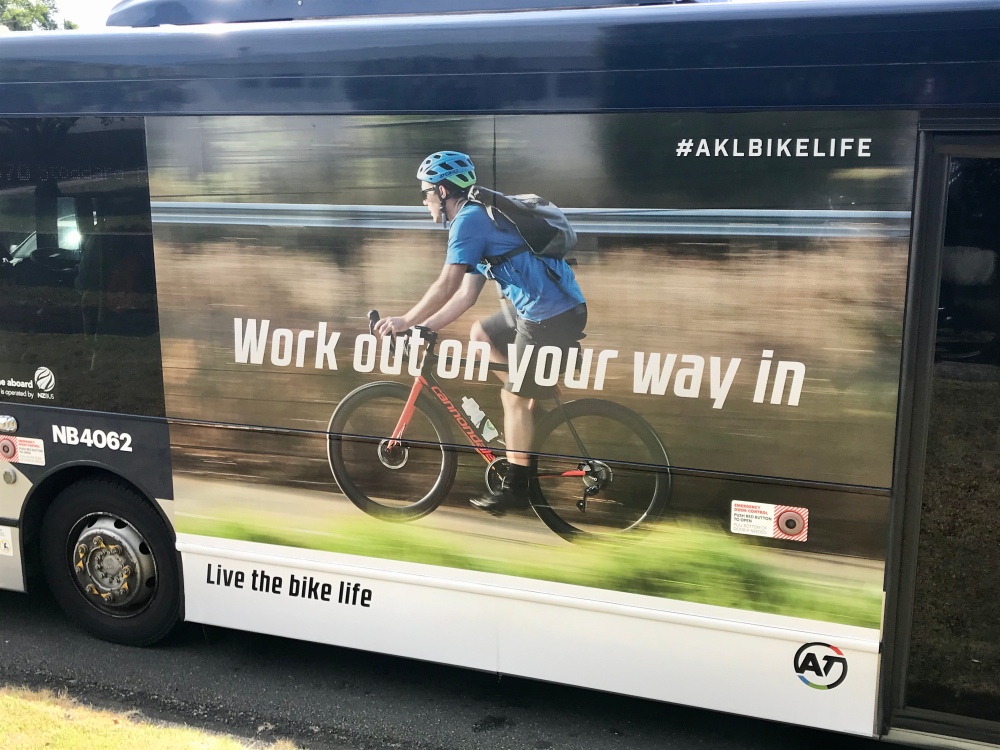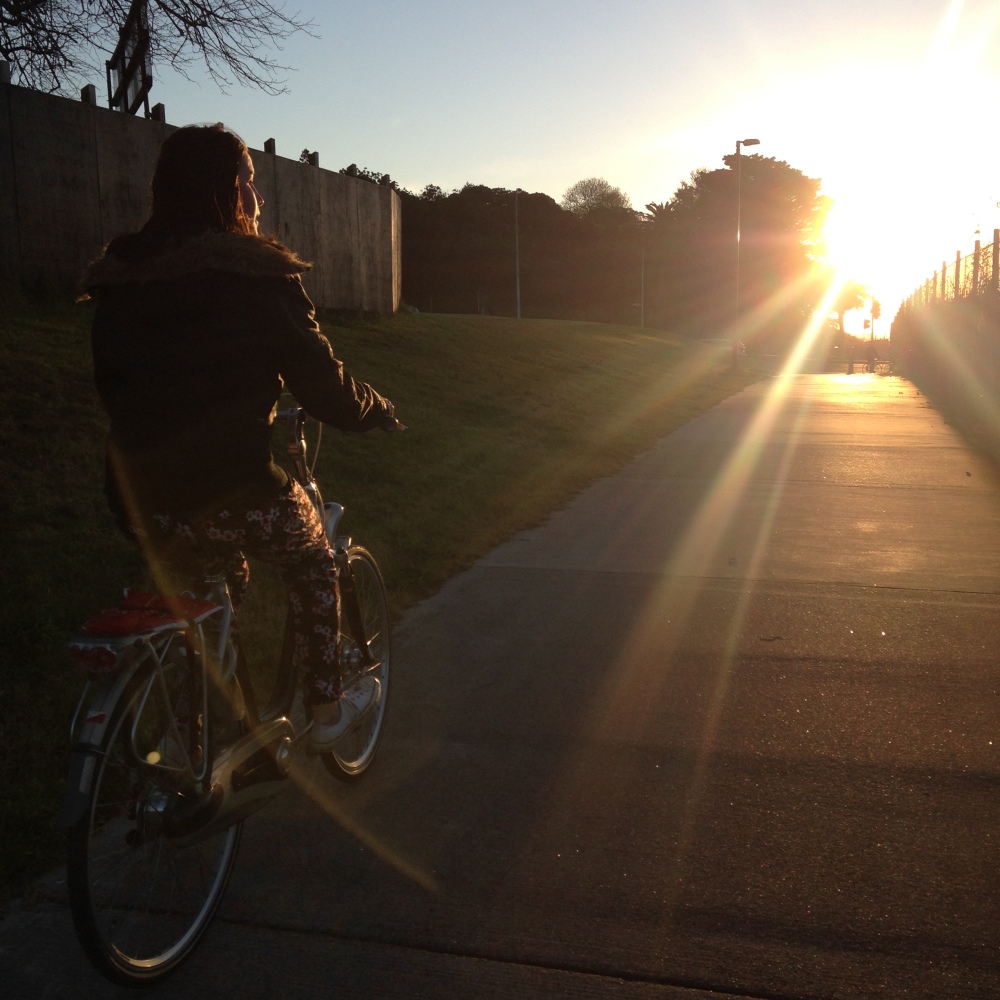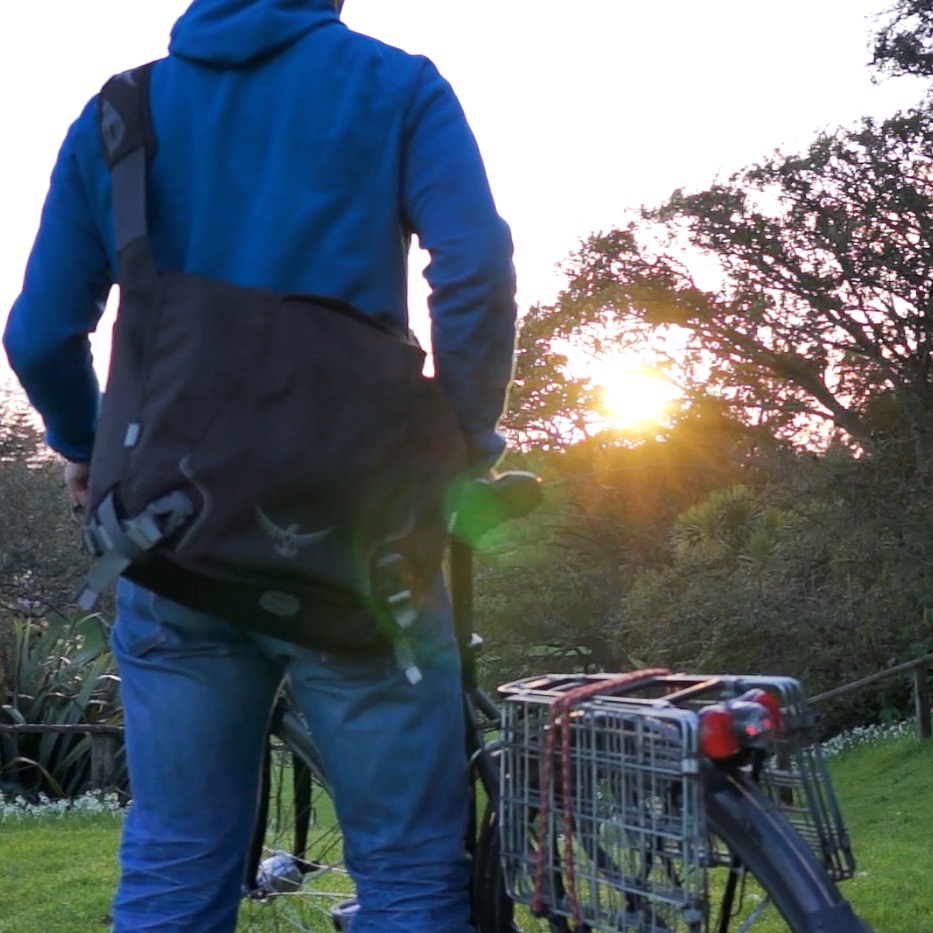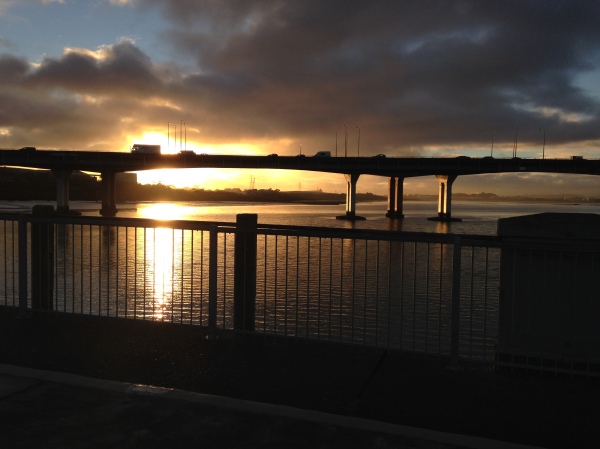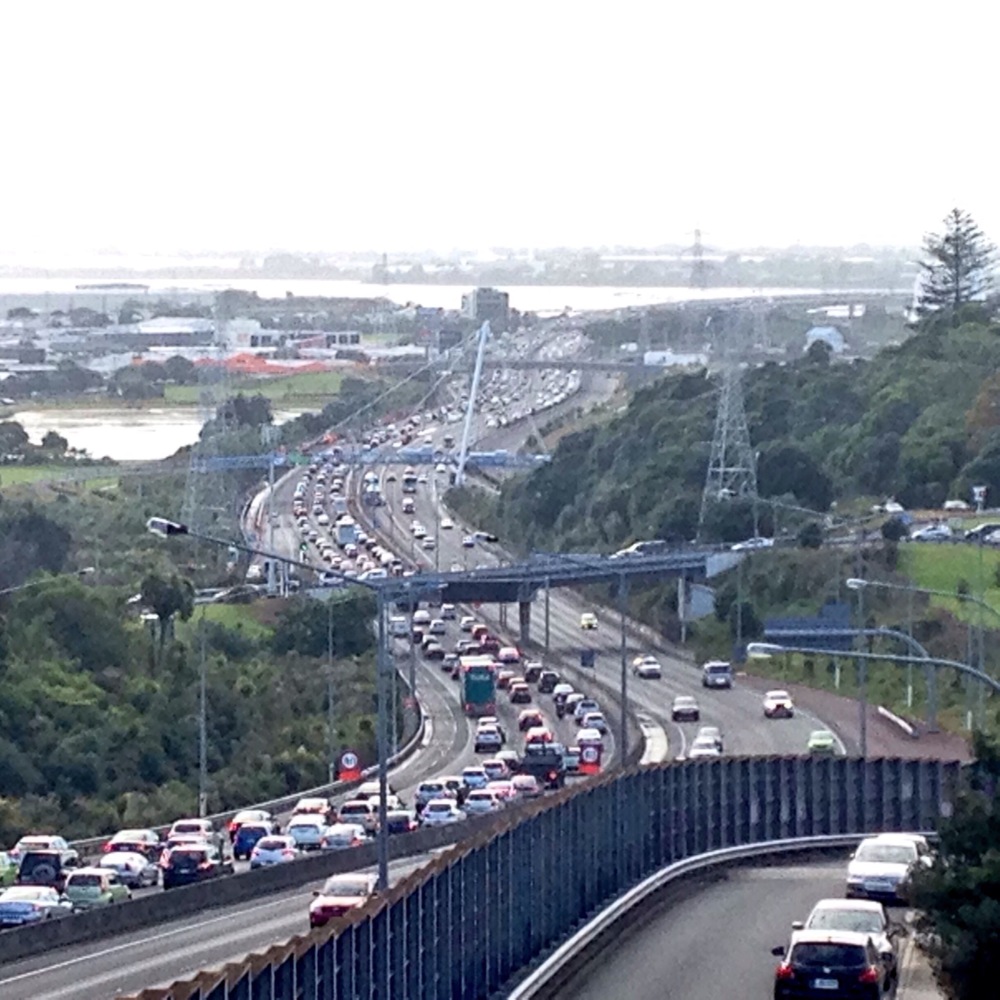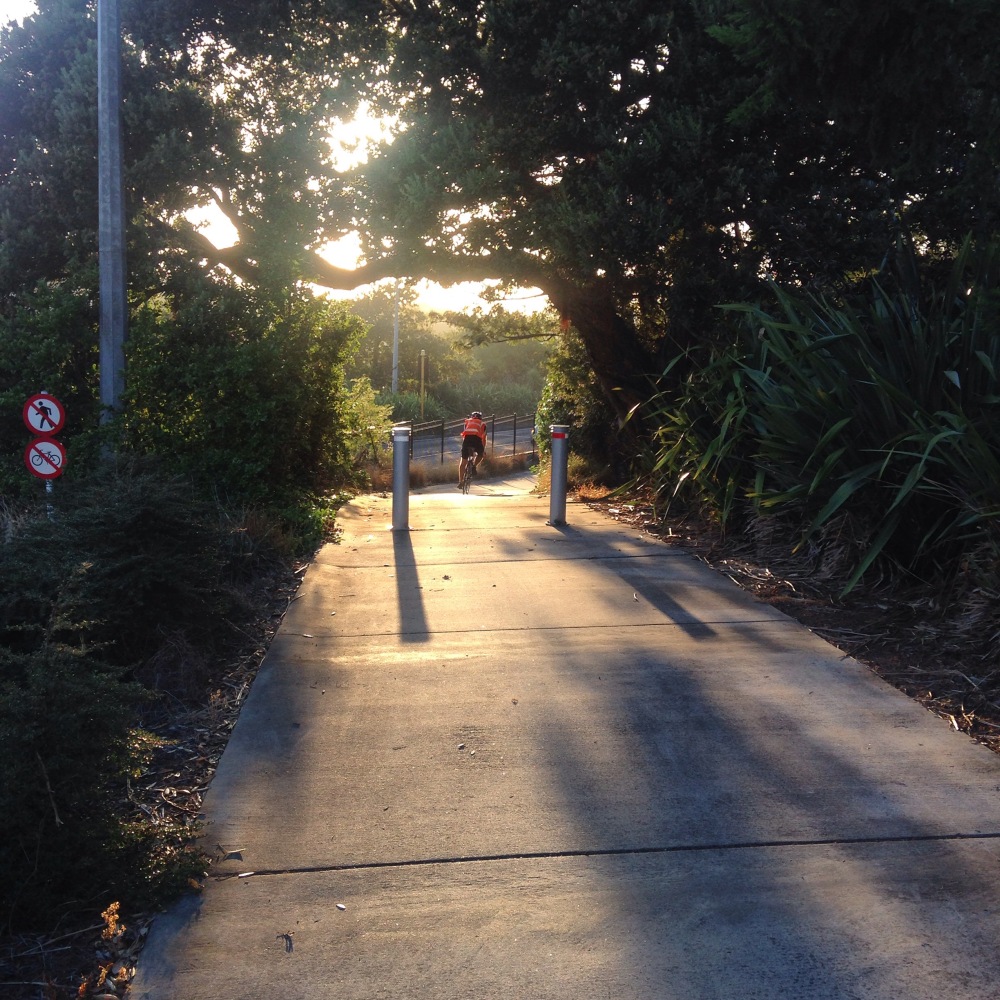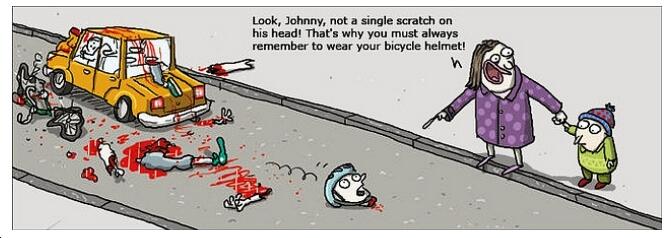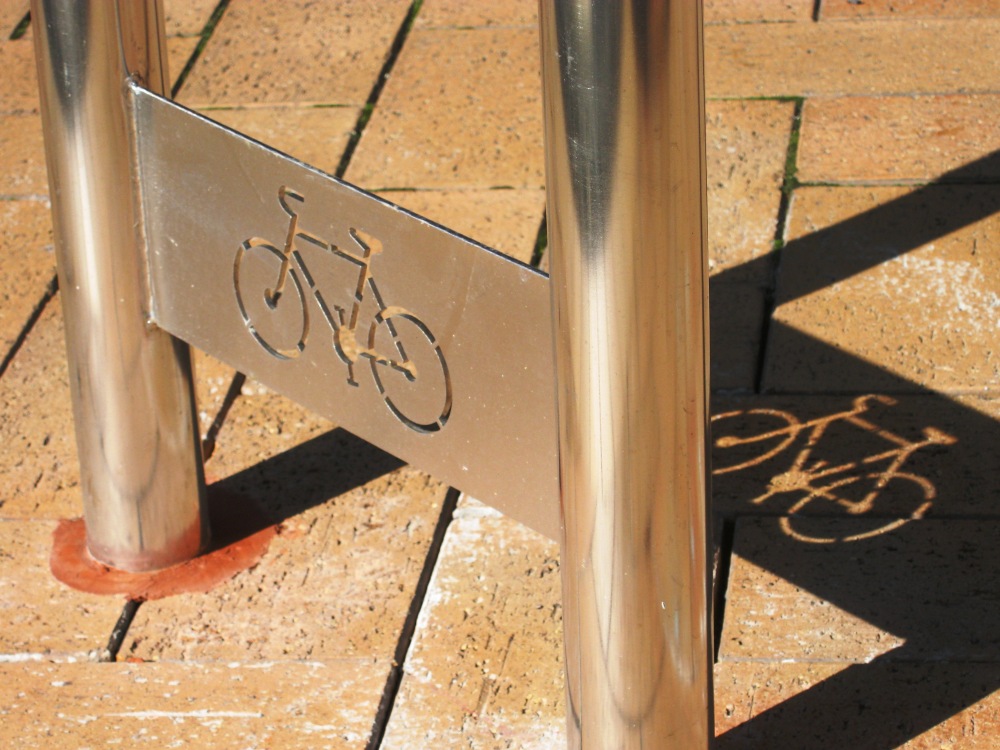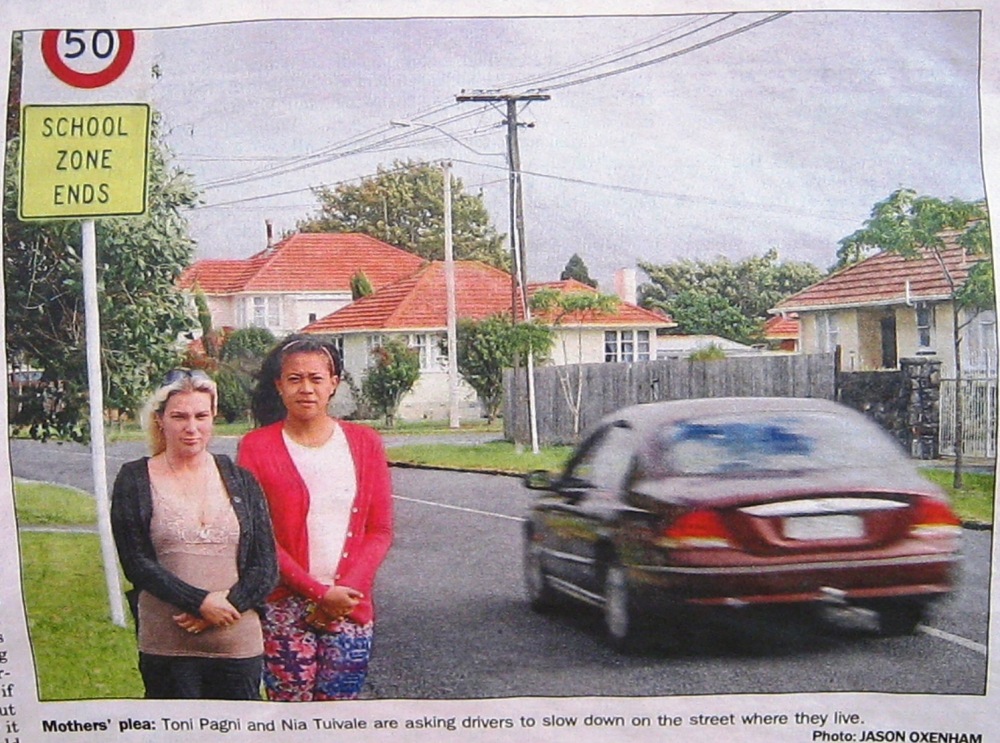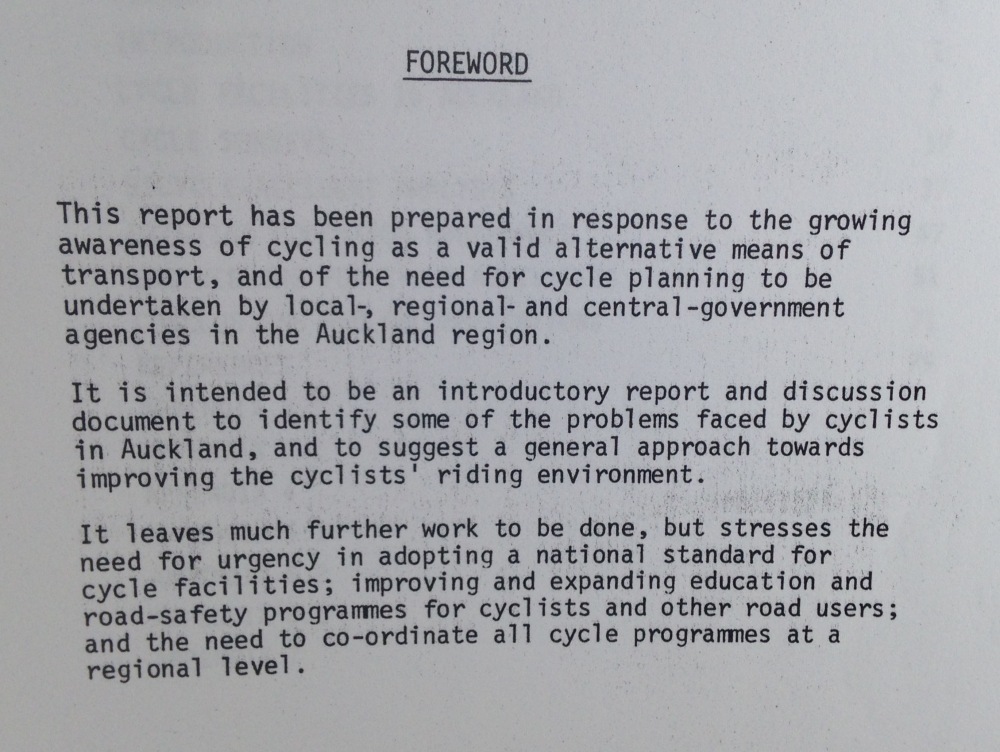
Cycling in Auckland: Interim Report, December 1980. Auckland Bicycle Planning Committee
Wheeled Pedestrian Cycling was always intended as way of getting a conversation started about the perceptions of cycling and how those perceptions stymie the growth in the number of people using bicycles as a part of their normal, everyday activity. I have always felt that I was well positioned to do so because of my ambivalence to the specific act of cycling. Sure, there is an undeniable sense of pleasure that can be attributed to the act of cycling. But I view that as a by-product, rather than as a primary motivation. My source of inspiration came from the discovery of a correlation between cities that experience high levels of everyday cycling and the very mundane nature and prosaic attitude towards cycling in those places. Riding a bike, brushing teeth, vacuuming; just routine activities. People ride because it’s the best transport option. It has been deliberately made the best transport option.
I have also used Wheeled Pedestrian Cycling as an opportunity to explore my interest in behaviour change. There is much to be gained by understanding the complexity of human behaviour at a broader, deeper level. Things like cognitive biases – you know, those “bloody cyclists” kind of biases. As a result, I have endeavoured to join the dots between the skewed perceptions of cycling and the existence of all the major and minor problems in the world; and our inability to acknowledge them or address them successfully. Economic issues come to mind – how to address poverty. Or environmental issues – how to address climate change. I think there exists a universality that connects all these problems.
The qualities that set humans apart from other animals; those qualities that have allowed us to achieve such remarkable achievements, are also the qualities that act as the barriers to resolving problems and creating sustainable change. I am curious how it is that humans have the potential to have the biggest positive impact on creating change, but at the same time, also be the biggest barrier. My hope is that once we can acknowledge and understand this dissonance, we may have a better chance of creating the necessary changes and improvements. I believe that if we can uncover that human element that connects these problems, we will be better able to chart a course towards sustainable change.
A system that is entrenched and resistant to change
The transport system we have may not exactly be the best one, but it kind of works – for most people. Or at least, that’s what we tell ourselves. Instead of trying to change the system, we become well practiced at ignoring its inadequacies and doing our darndest to make it work. “People don’t want to give up their cars”, we are told. Making more roads and making them wider, instead of providing more efficient alternatives, are offered as the best solution. Instead of any bold systemic change, we are asked to continue accepting that tinkering at the edges is the best we can ever expect to achieve. A system that has evolved over many centuries is hard to change, even if any rational person can see it is overdue for change.
This inability to make the required wholesale changes is due to the existence of a condition called ‘path dependence‘. It’s really hard to deviate from a well worn path. The features that exist in the current transport system were put in place to serve a function at the time it was created. These features persist even though everything around them has changed. This ‘locked in’ way of thinking/doing things means that we simply end up hoping that the system we have inherited will evolve sufficiently to be able to deal with modern realities – such as population growth, climate change etc.
Try adopting a proven model?
But maybe there is some hope. If our transport system is so deeply flawed maybe we could turn to one of those successful models that exist already in northern European countries, like Denmark or The Netherlands. What’s stopping us from adopting those models as a template of successful alternative pathways and importing them directly? Unfortunately, the reality is that templates don’t work well. A solution imposed from above is less likely to be effective. Change will be successful and sustainable only when it comes about organically and has ‘buy in’ from the users of the system. The end users need to have had a chance to contribute to the creation of the new system.
At both a macro and a micro level, creating user agency via problem solving, is the name of the game. We all need to be invited to put our thinking hats on and work together as problem solvers. Working together to solve problems is what humans do very well. That is the culture of collaboration that needs to be generated. It is when people are invited to present their best ideas in an authentic and genuine way, that the magic starts to happen. But this kind of collaboration will only be achieved successfully if the environment is conducive. There needs to be a genuine free flowing of ideas. It takes confidence and a high level of ability in relationship skills to attain this. These are the very human qualities that are most needed.
We also need a shared vision and shared goals that will promote a transport system that works for everyone. The goals need to be able to address moral and ethical questions at the broadest level. We need leaders to inspire us to seek out solutions that will enable us to achieve these goals. Politicians, policy makers need to be held accountable for setting and achieving these goals. Realistic targets need to be set and achieved. And most importantly, we need to be encouraged to participate in genuine and robust conversations about what needs to take place. Only then will there be a chance for any significant progress to be made.
The art of self delusion and conflict avoidance
Beyond the problem of inheriting an inflexible system and needing to employ very human qualities to create a more desirable system, lies a greater challenge. Humans have many great qualities but unfortunately, honesty is not one of them. Honesty, when it counts, that is. Humans have a propensity for lying. Everybody does it. People are in the habit of lying in their daily lives. I’m not describing the lying of a sociopath, but rather, the self delusional type. Humans are social creatures.
The constructive need and desire to fit in, can also be destructive when it takes the shape of saying and doing what you think is desirable rather than, what is correct. It is called a social desirability bias. It means that we tend to rationalise our decisions (or the decisions of the organisations we belong to) to suit our own internal narratives and intuition. It means we avoid telling the truth in order to fit in socially and to avoid conflict. You can test this theory by observing your responses when completing a survey. Note how your responses will change depending on whether your response is anonymous or not. That’s because, when we are revealing information about ourselves, we tend to lie.
So, where to for here?
Stopping to get a better understanding of human behaviour will not get desperately needed bicycle infrastructure built any faster in the short term. Nor will it be particularly satisfying to take a broader perspective of the cycling landscape through a humanist lens. But to elide such issues from the discussion is to deny any potential for real success in the long term. It is not my intention to portray cycling advocacy as a sisyphean struggle that is unworthy of the considerable effort that has been contributed thus far. However, in the long term, having a better understanding of the core issues of human behaviour could help to encourage a more rational and deliberate examination of the impact of the various strategies being employed currently. Achieving effective, sustainable change will require new and difficult conversations to be had. It will require an ability to embrace a conflict of ideas. Dealing with conflict in a constructive way is a very human skill that can be learned and practiced.
‘Cycling’ is sport and recreation. ‘Riding a bicycle’ is everyday activity. No sweat. As easy as walking, but faster.
Get involved via: Twitter, Facebook, Flickr.
Inspiration and scientific analysis for this blog post come from the clever people at Freakonomics. See below for the links.
Continue reading →
